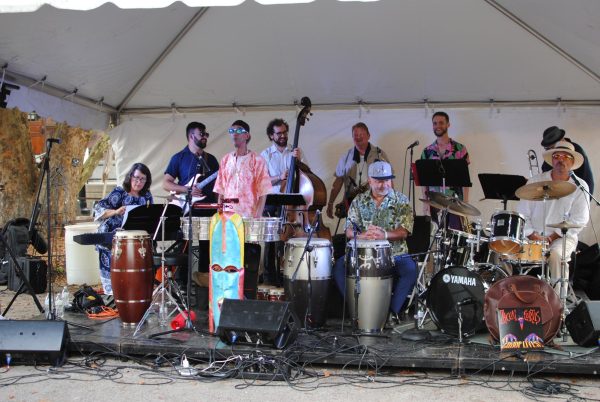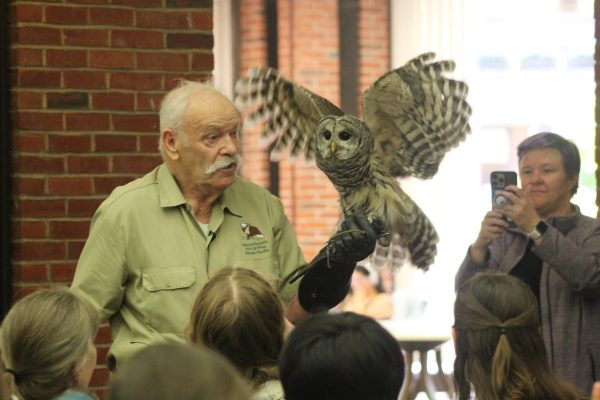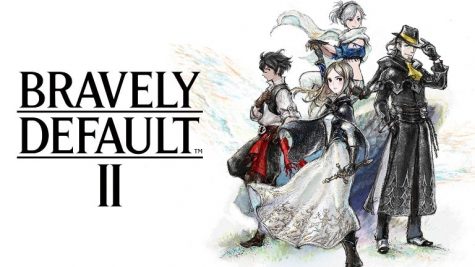‘Blade Runner’: A revisit before 2049
What does it really mean to be human?
Before Ryan Gosling steals the show this year with the long-awaited — 35 years to be exact —sequel “Blade Runner 2049,” set to release Oct. 6, the original is worth a watch.
Revisiting Director Ridley Scott’s masterpiece that is “Blade Runner” (final cut version) is like looking at yourself in the mirror for two hours straight. You begin to formulate questions of your own humanity while simultaneously discovering new aspects of your appearance that had since been unrecognized.
As complex and unique as the features of the human face actually are, on the surface they can go unnoticed and underappreciated. Similarly, when watching “Blade Runner” audiences can very easily see its aesthetics simply upon its facade and not fully appreciate the set design of the film. Audience members who are millennials, like myself, might have a hard time really appreciating the set design because we have seen it before in films like “Star Wars” (second trilogy), “The Matrix” and “Dredd.” But “Blade Runner” shined a light on the cyberpunk genre that would later influence such films.
Being a prior art director himself, Scott put as much money, work and time into the art design that producers would allow. The attention to detail from Scott and his team really pays off as fictional worlds in a film are made believable by their set, costumes and props. Although the film’s time period of 2019 is just two years away and there are no signs of flying cars or replicants in our near future, the world created by “Blade Runner” becomes more real with every watch.
Syd Mead, who is credited as the “visual futurist,” sees the world of the future to be a place that wears the guts of its technology externally. Many of the buildings on set are split open and put on display, as wires and generators scale their outer walls. This idea of inverting a building’s structure is what defines the cyberpunk genre, which is described by being in a futuristic world where society is high-tech but the quality of life is low. Although the set design of the city appears “high-tech” with all its flashing neon lights and big screens, the nudity of each structure and piece of technology make it appear “low life.”
Along with discovering something new about the intricate, layered, stimulating set design with each watch, you can also discover something new about your own humanity. Protagonist Rick Deckard, played by Harrison Ford, is a Blade Runner. His job is to hunt and kill replicants, or human-like robots that have been banned from Earth to do dangerous off-world work. Distinguishing who is human and who is not in the film becomes rather difficult. Comparing the human and android counterparts may cause you to do some self-reflection and pose the question: What does it really mean to be human? The film ends ambiguously, never actually telling the audience the answers to its many cerebral questions.
With that said, the film shows you the answers rather than tells you — if you look closely enough.
This is why it is crucial to watch the final cut of this film, not the theatrical release. In the original release, Harrison Ford’s voice over plays throughout the film, he tells the audience what is happening rather than let them see what is actually happening for themselves.
Watch this film before we jump ahead to the year 2049 and let the ominous noir world of “Blade Runner” consume you. This true start of a cyberpunk movement will relinquish your insides and put them on display.
Email Kevin at [email protected] or follow him on Twitter @moviedroogs.
Editor’s note: This article was initially published on Feb. 23, 2017.










